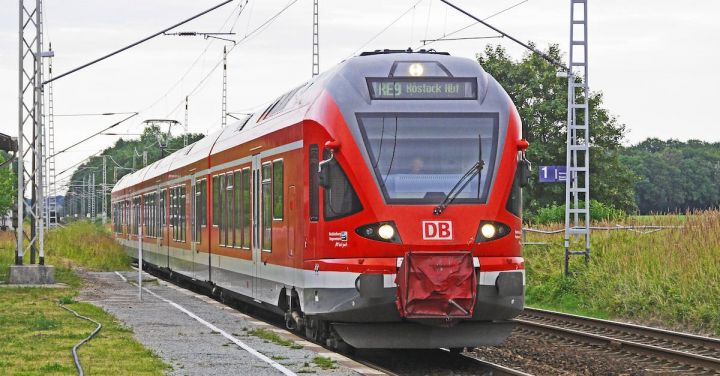In the rapidly advancing world of technology, automation has become a buzzword. From self-driving cars to smart homes, our lives are becoming increasingly reliant on machines. But what about trains? Can they too be automated, eliminating the need for human operators? The answer is a resounding yes. Automated trains are revolutionizing the transportation industry, providing efficient and safe travel without the need for human intervention.
One of the key benefits of automated trains is their enhanced safety features. With human error being a leading cause of accidents, automation eliminates this risk altogether. Automated trains are equipped with sensors and cameras that constantly monitor the tracks, ensuring that any obstacles or dangers are detected and addressed immediately. This level of vigilance and precision simply cannot be matched by human operators, who may be prone to fatigue or distraction. As a result, accidents are minimized, making automated trains one of the safest modes of transportation available today.
Another advantage of automated trains is their efficiency. Without the need for human operators, trains can run on precise schedules, eliminating delays caused by human factors such as tardiness or error. Additionally, automated trains can optimize their speed and acceleration, leading to faster and smoother journeys. This not only improves the overall passenger experience but also reduces travel time, making automated trains a preferred choice for commuters and travelers alike.
Furthermore, automated trains are environmentally friendly. By optimizing speed and acceleration, these trains consume less energy, reducing their carbon footprint. Additionally, the precise scheduling of automated trains allows for better coordination and utilization of resources, further minimizing energy wastage. As sustainability becomes an increasingly important consideration, the adoption of automated trains is a step towards a greener future.
Critics argue that the introduction of automated trains will result in job losses for human operators. While it is true that automation may displace some jobs, it also opens up new opportunities. For instance, the maintenance and monitoring of automated train systems require skilled technicians and engineers. Furthermore, the implementation of automation can lead to the creation of new roles in areas such as data analysis and system optimization. Rather than replacing human workers, automated trains have the potential to redefine job roles and create a more specialized and technologically advanced workforce.
It is important to note that while automated trains offer numerous benefits, they are not without their challenges. The development and implementation of automated train systems require significant investment in technology and infrastructure. Additionally, concerns about cybersecurity and the potential for hacking must be addressed to ensure the safety and integrity of these systems. Nonetheless, these challenges can be overcome with proper planning and collaboration between industry stakeholders and policymakers.
In conclusion, automated trains are paving the way for a future of efficient and safe transportation. With their enhanced safety features, improved efficiency, and environmental sustainability, these trains are proving to be a viable alternative to traditional human-operated trains. While there may be challenges along the way, the potential benefits of automated trains far outweigh the drawbacks. As technology continues to advance, it is clear that automation is the right track for the transportation industry.
